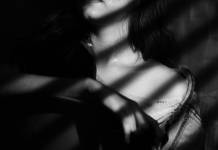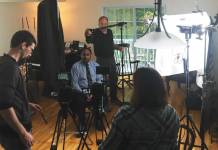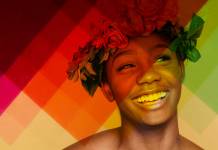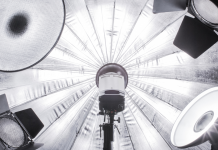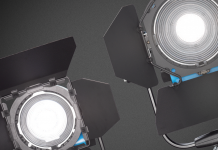There are many light modifiers available for you to use to achieve practical and creative results. Light modifiers are essential parts of video production lighting; both aspiring and professional videographers must use light modifiers to produce various lighting effects and corrections. You must know every light modifier available to ensure you have control over your lighting. Additionally, they speed up the production process and increase your creative opportunities and are an important part of film lighting.
Let us take some time and discuss all the standard light modifiers videographers use in their productions.
Umbrella
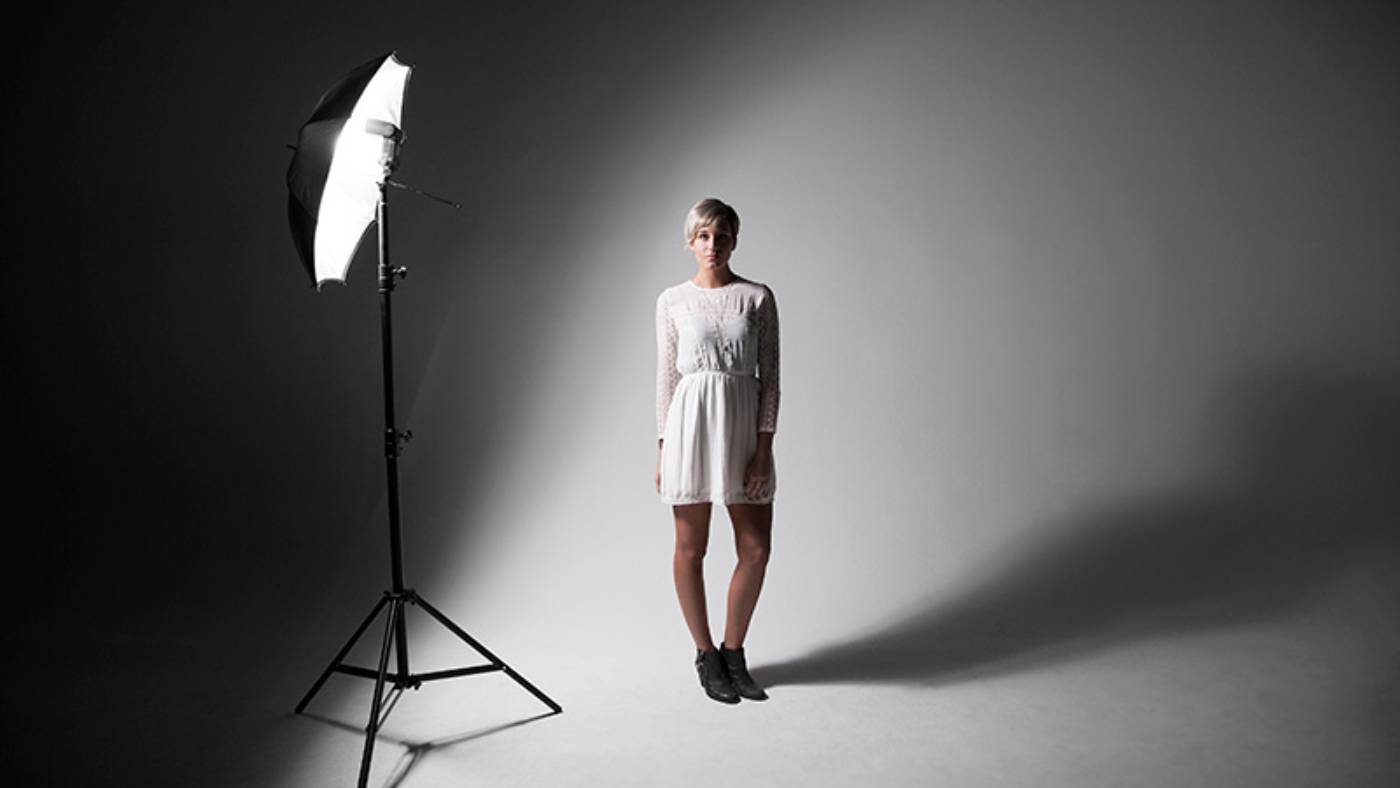
Umbrellas are one of the most popular light modifiers. While often used in photography, they have a place in videography as well. Umbrellas create a soft light and spread it all around. They fill large areas with even light. Since the lights are forgiving and create pleasant light most of the time, they are very friendly to new, aspiring videographers and photographers. Reflective and translucent umbrellas spread light broadly. So, these umbrellas are great for group shooting and events like weddings. Also, they’re easy to carry around, pack up and set up. Umbrellas are usually cheap as well. You can find great umbrellas for under $100.
Different types of umbrellas
Reflective
Reflective silver and gold umbrellas reflect light and light large areas and groups of people. The silver umbrellas reflect cool lighting, while the gold umbrellas reflect warm light. Reflective white umbrellas also create shot light. However, they are much softer than the silver and gold equivalents and spread less light and contrast.
Translucent
Translucent umbrellas diffuse harsh light into soft light. Diffused light spreads much more evenly than light reflected from reflective umbrellas. Videographers use translucent umbrellas to cast soft light in a large area.
Softboxes
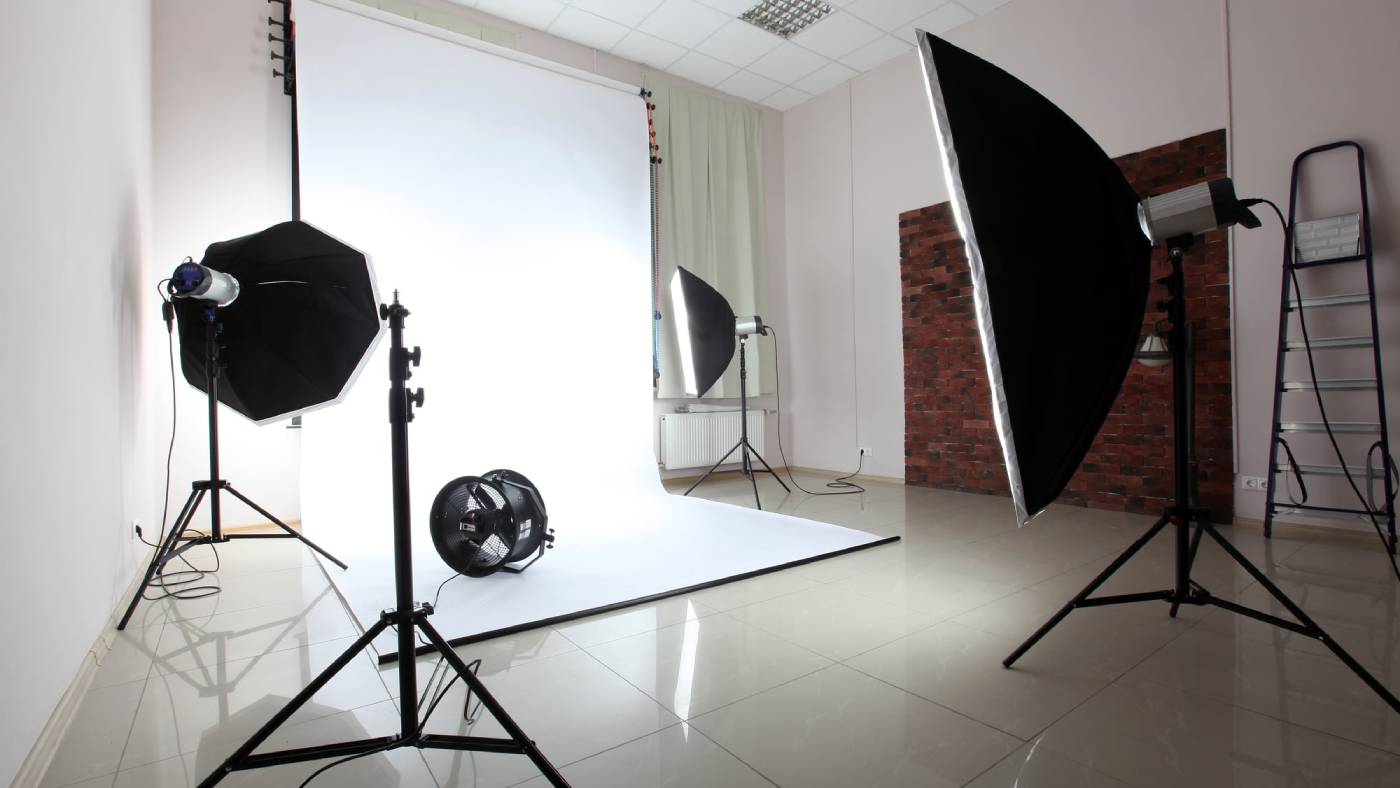
Softboxes are very similar to umbrellas in many regards. Both soften and spread the light source around the surrounding area. A difference between the two is softboxes don’t spread light as widely as umbrellas. Most softboxes produce broader light that has less directionality than umbrella light.
Softboxes are great for casting soft light on a single subject matter. Softboxes produce a broader, flatter and more even light with lesser intensity. Videographers and photographers use them at events like weddings as well. They are quite versatile.
Reflectors
Another kind of light modifier is a light reflector. Light reflectors bounce light and redirect it onto a subject. They’re often used to add fill light, ensuring there are no unwanted shadows on your actor. A lot of the time, teams use reflectors in outdoor shooting to reflect natural sunlight. Ultimately, reflectors allow you to expose your shot correctly by bouncing in light to specific places needing it. Since reflectors reflect sunlight, they lend themselves well for outdoor photography and events. Still, reflectors have their place in studios with artificial light when shooting things like portraits. You can learn more about video and photography light reflectors here.
Different reflector surfaces
Silver
When using a silver reflector, it will bounce silver light. Like silver umbrellas, the light is cooler.
Gold
Gold reflectors reflect gold light, which is a warmer light than silver.
Black
The black surface of the reflectors operates differently from the other reflectors. Instead of reflecting light, the black side of the reflector blocks light. The black surface of the reflector blocks any light lighting illuminating the area.
White
The white side of reflectors reflects more diffused, softer light onto a subject than silver and gold reflectors.
Soft diffusing surface
Most reflector jackets are capable of soft diffusing light sources. Bouncing light creates a harsher effect. Using diffusion creates a softer, pleasing look if that’s what you envision for your shot.
Barndoors

To narrow a light source’s beam of light, videographers and photographers use barndoors. Barndoors are the metal, adjustable flaps you see around production lights. Barndoors narrow the light’s beam when closed and widen it when opened. They also shape the beam vertically or horizontally. You primarily see barndoors used on studio strobes and hot lights.
Snoots
Snoots are tube-like tools videographers use to narrow light sources into a harsh beam, creating a spotlight effect. After a snoot narrows a light source, the light becomes hard and offers a limited spread. Snoots have specific uses in video production. As we mentioned before, snoots create a spotlight effect. Also, they’re capable of mimicking a flashlight.
Every individual snoot works with specific lighting equipment. So, the type of snoot you get depends on what equipment you’re using. Make sure the snoot works with your equipment before purchasing.
Grids
One of the most commonly used and inexpensive light modifiers is grids. Grids allow you to direct light towards a subject, preventing the light from hitting the background or causing lens flares. They control where the light goes and where it doesn’t. So, grids will light a subject while keeping the background dim. They can also focus and defocus light depending on the mood you want to achieve. There are many different types of grids available. The most common one is the honeycomb grid. Honeycomb grids narrow light sources, keeping them from spilling their unwanted areas.
Gels
Lighting gels, colored, translucent plastic sheets, come in handy for several applications. Primarily, lighting gels change a light’s color temperature, though videographers also use them to color correct their shots, balance intensity, and create creative tones. They’re a cheaper alternative to reflectors and umbrellas. However, gels keep the light intensity down, so it’s hard to use gels and achieve intense lighting. Here’s a more in-depth guide to lighting gels.
Types of gels
CTO (Color Temperature Orange)
CTO gels lower the intensity of daylight to better match lower color temperatures. It does this by filtering out the blues on the spectrum.
CTB (Color Temperature Blue)
CTB gels modify Tungsten light to appear more like daylight. Usually, they lens themselves to outdoor shoots, allowing artificial lights to match natural sunlight.
Minus Green
As the name implies, these gels remove green tones from your light source, creating a natural-looking indoor light.
ND – Neutral Density
ND gels control the intensity of light. They lower the brightness of light sources and block out unwanted light.
Lenses/gobos
A lens light modifier (gobo) controls the shape of a light source and the shadows it casts. Either inside or in front of a light, gobos operate opposite to reflectors. Instead of reflecting to add light, Gobos subtract light, creating a contrast between the two sides of a subject. Additionally, gobos may include patterns, creating creative light designs.
Flags
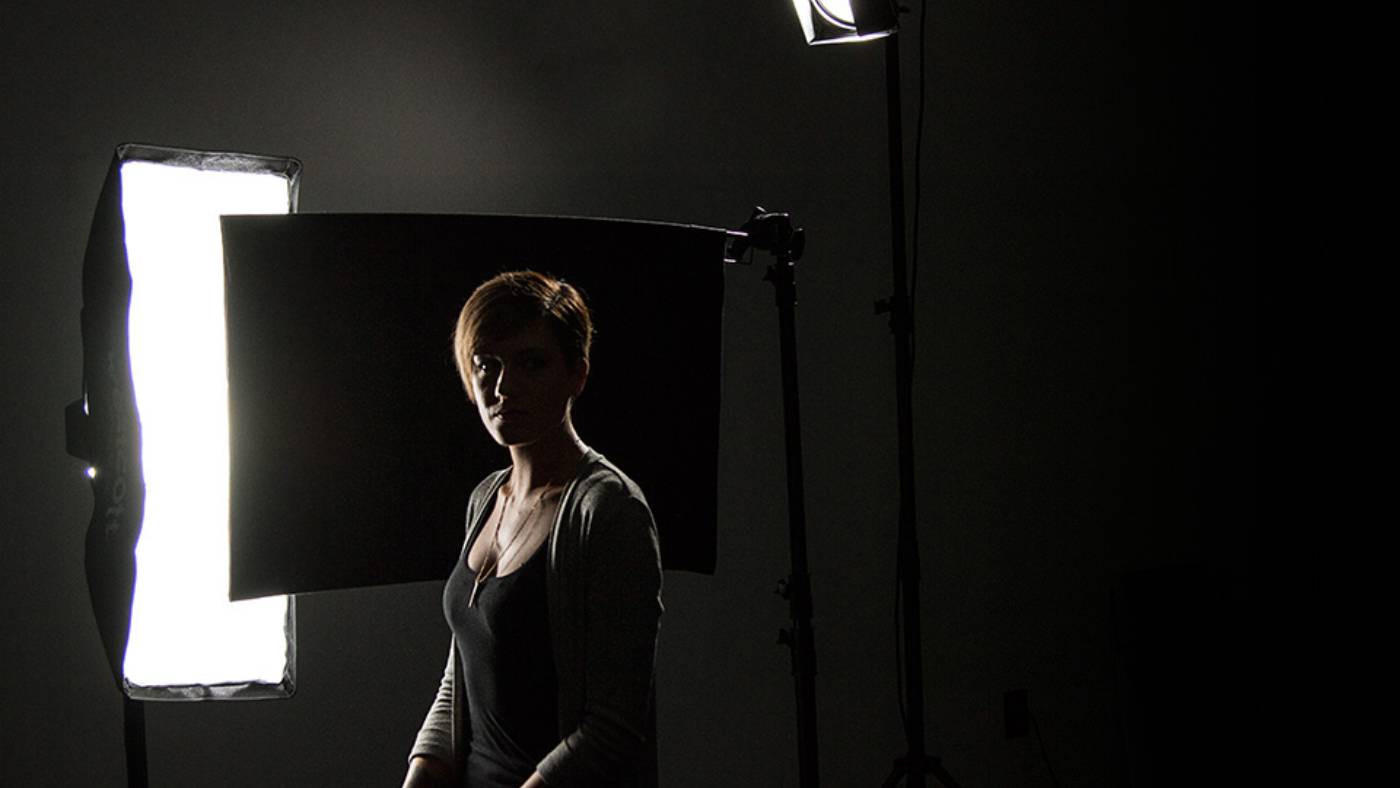
Flags prevent too much light from entering a scene. They block light, as well as cast a shadow, create negative fill and protect your camera’s lens from flares. While offered in various shapes and sizes, flags typically come in a square wireframe. Additionally, the lighting department sometimes mounts flags onto overhead rigs or butterflies.
Butterflies/reflectors
In video production, butterflies are overhead structures with mounting material, such as flags, nets and translucent sheets. Their purpose is to either dim, block and scatter light. Usually, butterflies are massive and use up a lot of material, though there are smaller butterflies.
Sometimes, videographers rig butterflies with transparent material. The pair filters soft light onto the entire body of a subject.
Cucoloris

Cucoloris is a light modifier capable of casting shadows to make patterned light designs. Videographers use them for practical purposes, like casting a pattern mimicking the look of a window frame. Additionally, productions use them to break up a light source make it look more natural. However, they have their creative purposes as well. Many come with unique designs.
Scrims
One of the more expensive light modifiers, scrims are giant panels of diffusion fabric. Essentially, a large sheet of diffusion fabric stretched over a frame. They are big enough to create shade outside and diffuse light from large windows. Scrims aren’t as popular due to their cost and size. They are a lot less accessible to smaller video productions.
Choose the right light modifier when you need it
There are many light modifiers out there. You don’t necessarily need to own every modifier. However, knowing what’s available to you helps you make informed decisions for the equipment you need for your productions down the road.


